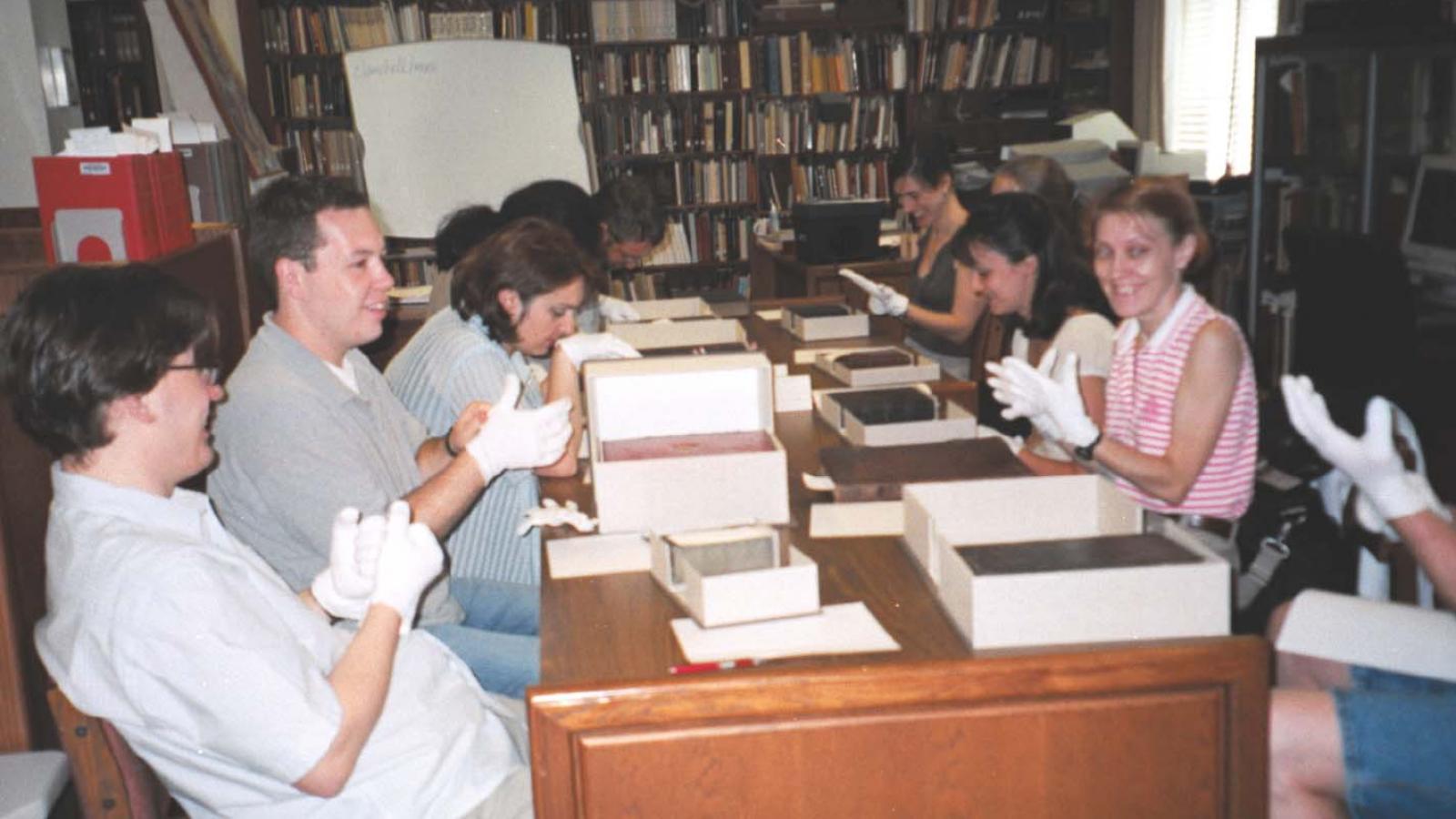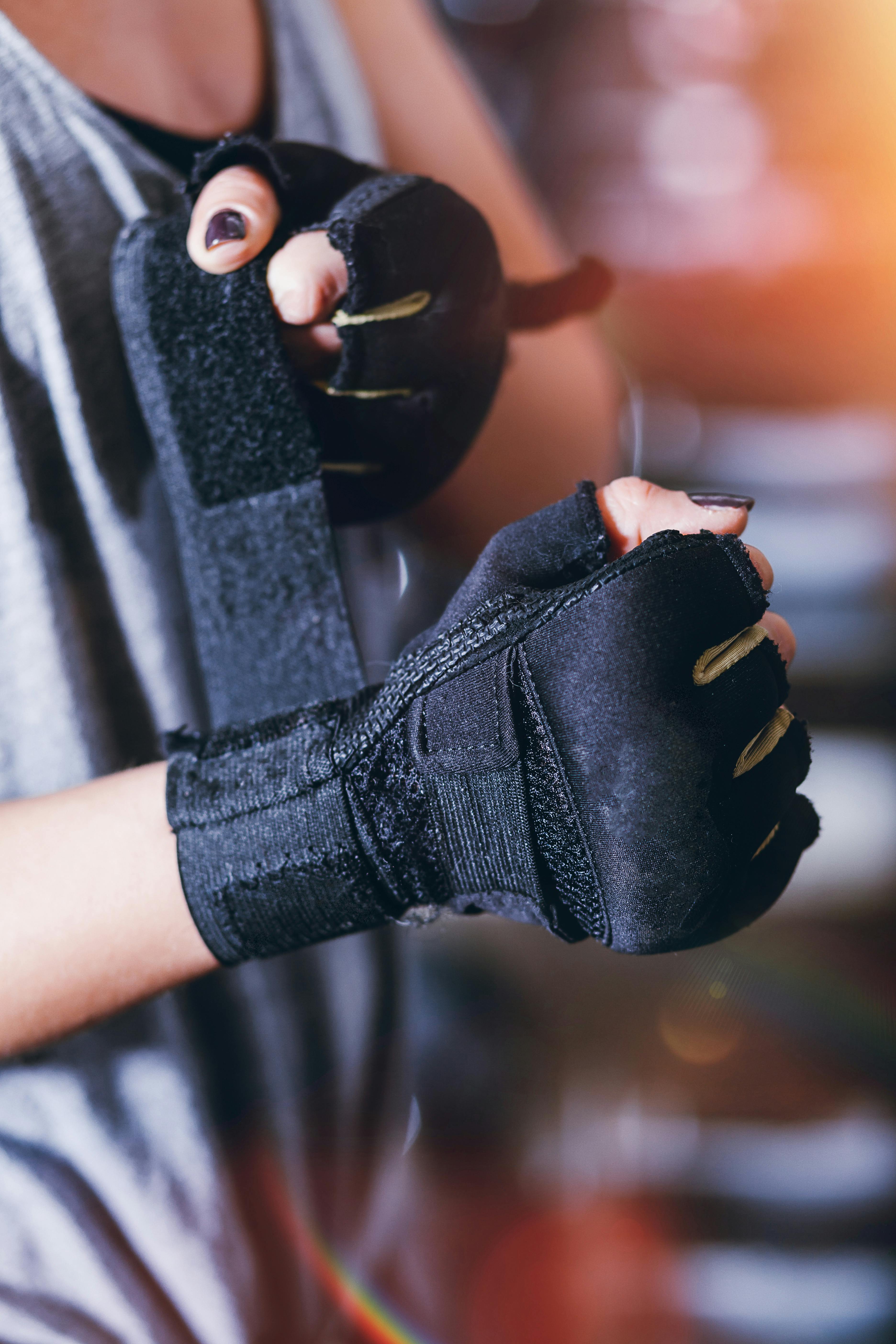

They are not recyclable on such a large scale and without being very creative! We wouldn’t be able to justify this cost (financially and environmentally) without there being a clear benefit in a reduction of risks to the documents, we feel that clean dry hands are the best option. The National Archives can receive over 400 visitors in a day who will access original documents, they might need more than one pair each and we would have to throw them all away. In addition to these risks disposable gloves like this are expensive. – Asking readers to wash their gloves as they would their hands presents too much of a risk that other moisture might be introduced by failing to dry the gloves properly or by getting water inside.

– People tend to take rubbery gloves off as often as possible because of the discomfort and there is a risk that the documents might then be damaged by touching with much sweatier hands.
#Waring gloves to preserve old manuscripts skin#
They aren’t really appropriate either as we wouldn’t be using them to their full potential they are designed to protect the wearers skin when handling solvents. – Nitrile gloves don’t contain a powder but they are uncomfortable to wear over long periods and make hands very sweaty. – Some of them contain powders on the inside to try to make wearing them a bit more comfortable and easier to put on and they can deposit this talc onto documents when you take them off.

In answer to the questions surrounding other types of gloves we did consider some form of rubber gloves but quickly concluded that they also pose some drawbacks and risks: Thanks to every one for all the really interesting comments!
#Waring gloves to preserve old manuscripts update#
So as we update our training material and new filming takes place you’ll notice that the gloves will come off! For us it is very important to make sure everyone can be confident in the best way to handle documents which means our messages and recommendations must be clear. In conclusion, I don’t mean to suggest that it is ok to remove gloves when handling any sort of historical artefact, but for some materials gloves have a potential to do more harm than good. This is because oils and sweats from the skin can easily damage a surface that contains metals, such as black and white photographs. In an archival collection this will most commonly apply to photographic materials. It is very easy to wash your hands if you find you have handled a particularly dusty or dirty document so that you don’t transfer the dirt to the next document you handle, but it is much more labour-intensive to have a fresh clean pair of gloves at the ready.ĭespite this there are some materials with which you do still have to use gloves. If they do catch, this can cause tears or flaking of the pages. This is especially true if the paper is brittle.

This means that you might damage the document by inadvertently handling it more roughly than you ought to. They tell you exactly how fragile the paper or brittle the parchment of the document you are handling is. Handling archival documents with gloves puts them at greater risk of damage for a number of reasons : In fact, if you clean and dry your hands before handling archival documents this risk is significantly reduced. The main reasoning behind wearing gloves was to protect document surfaces from marks made by oily or sweaty hands. In handling most archival documents gloves are more of a hindrance than a help and they can actually pose a threat. If you are interested in the thinking behind the decision to ditch the gloves, read on… This also brings us in line with other large institutions with similar collections. It is confusing when we say one thing on site and another on TV. Why, you ask? Well, it’s important we give out a consistent message that reflects best practice when handling original documents. And from now on crews filming at The National Archives will have to follow the same rules for handling documents as those in our reading rooms – they will have to remove their white gloves! Bulky gloves like these can make handling documents more difficultīut this isn’t necessarily the case.


 0 kommentar(er)
0 kommentar(er)
